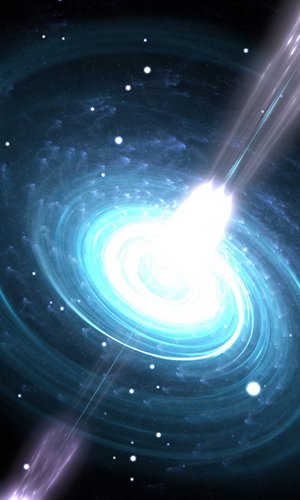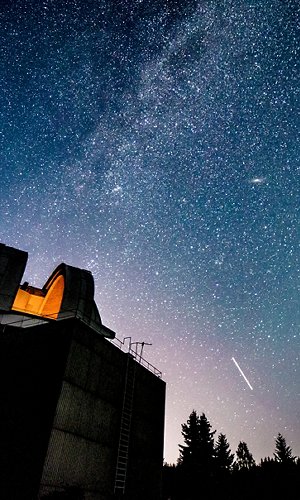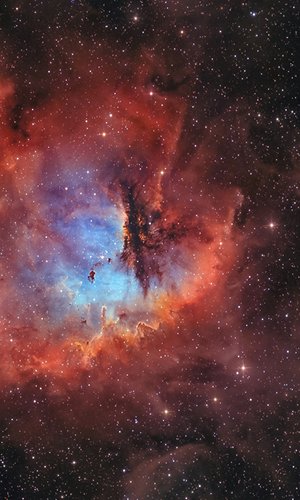Fascinating and gigantic balls of incandescent gas suspended in an empty space, that shine with their own light. We all know the stars. Even in the skies above our cities, where there is so much light interference from other sources, we can spot some of them. And probably we are able to distinguish them by their color and brightness. In fact there are many kinds of stars and in order to include them all in a single category, something must be said about their intrinsic proprieties. Did you know that we are made of stardust? The iron in our blood, the oxygen that we breathe, the calcium in our bones, all the atoms we are made of, were created in the stars billions of years ago, just like all the other elements that are present on our planet.




